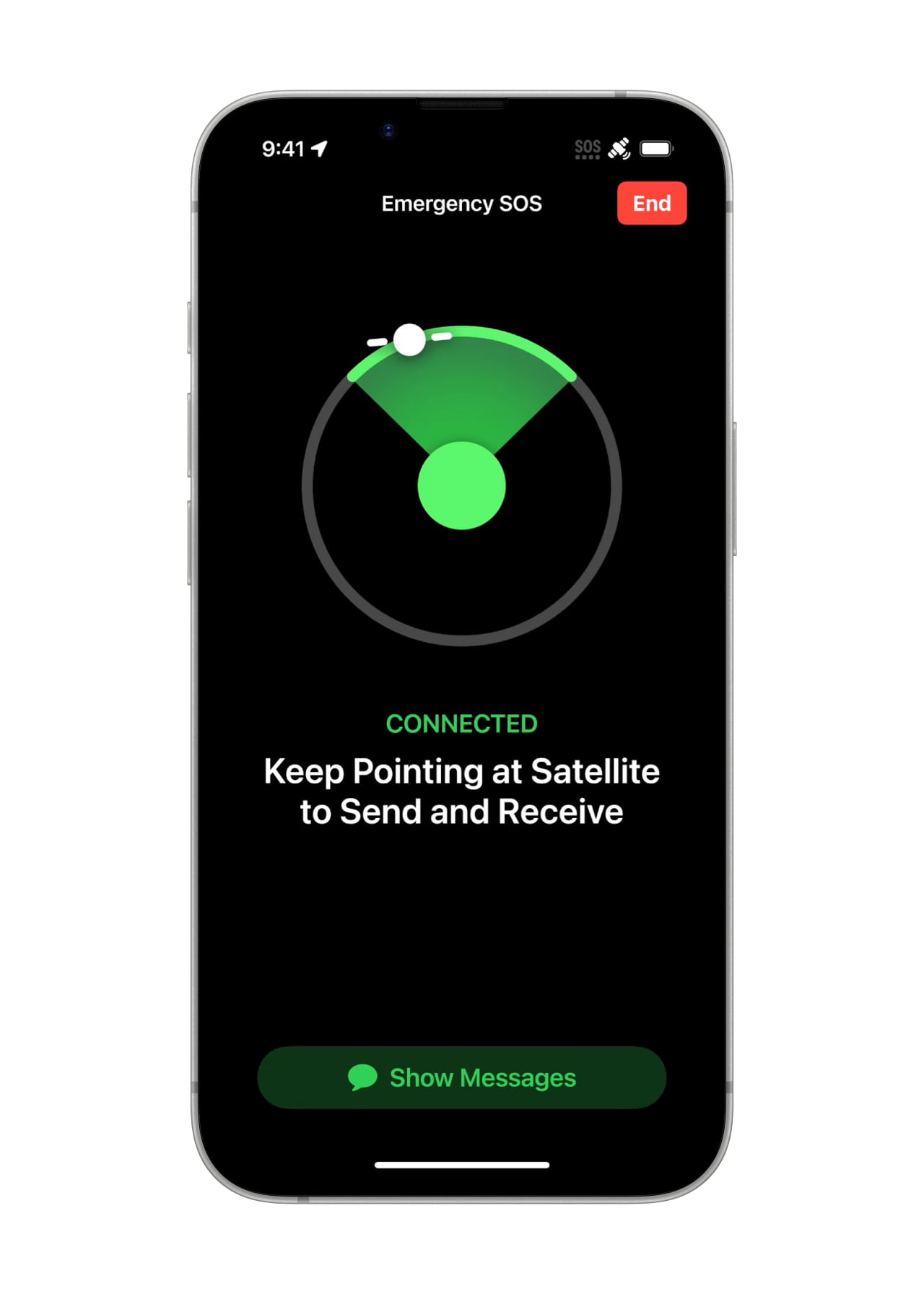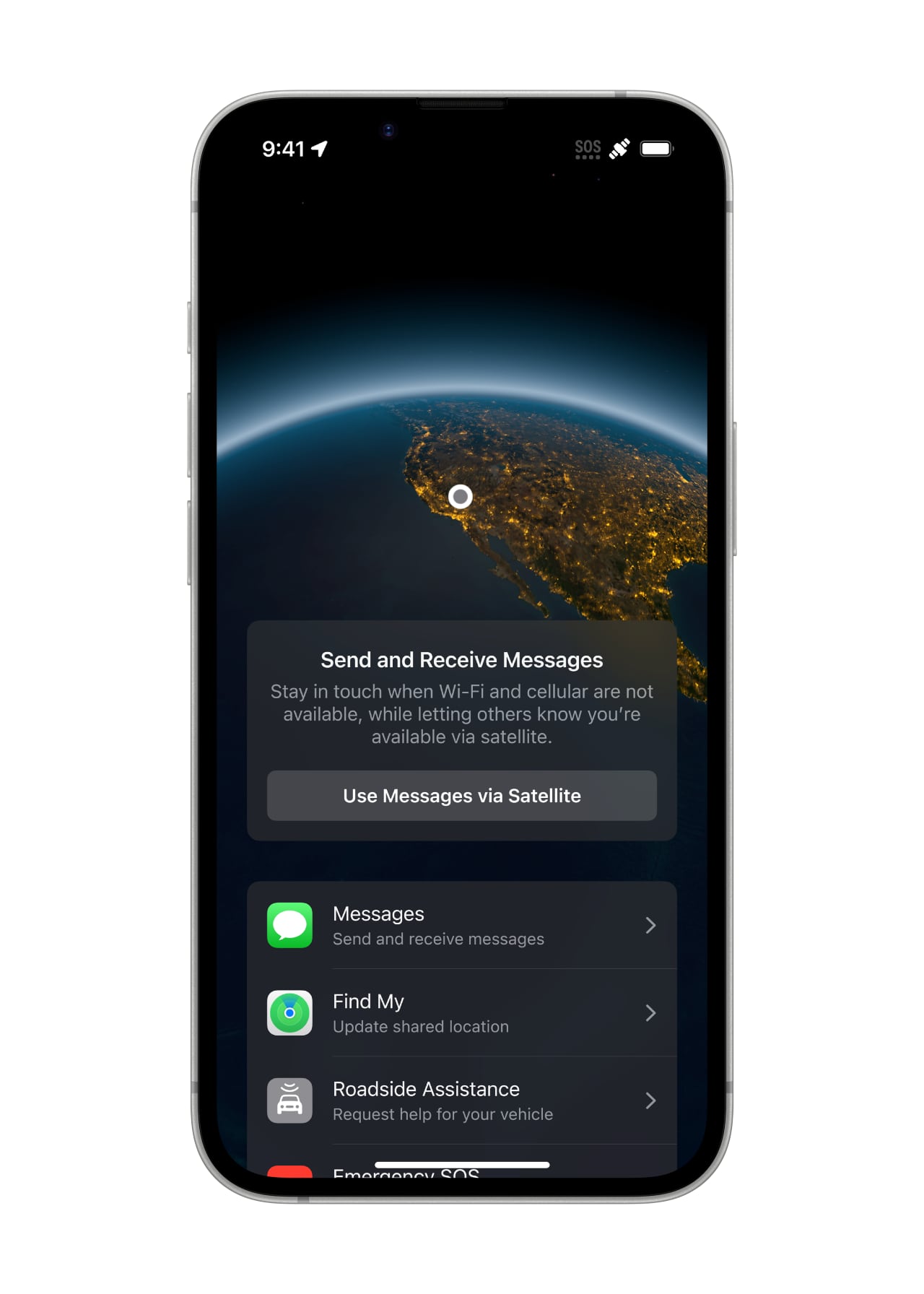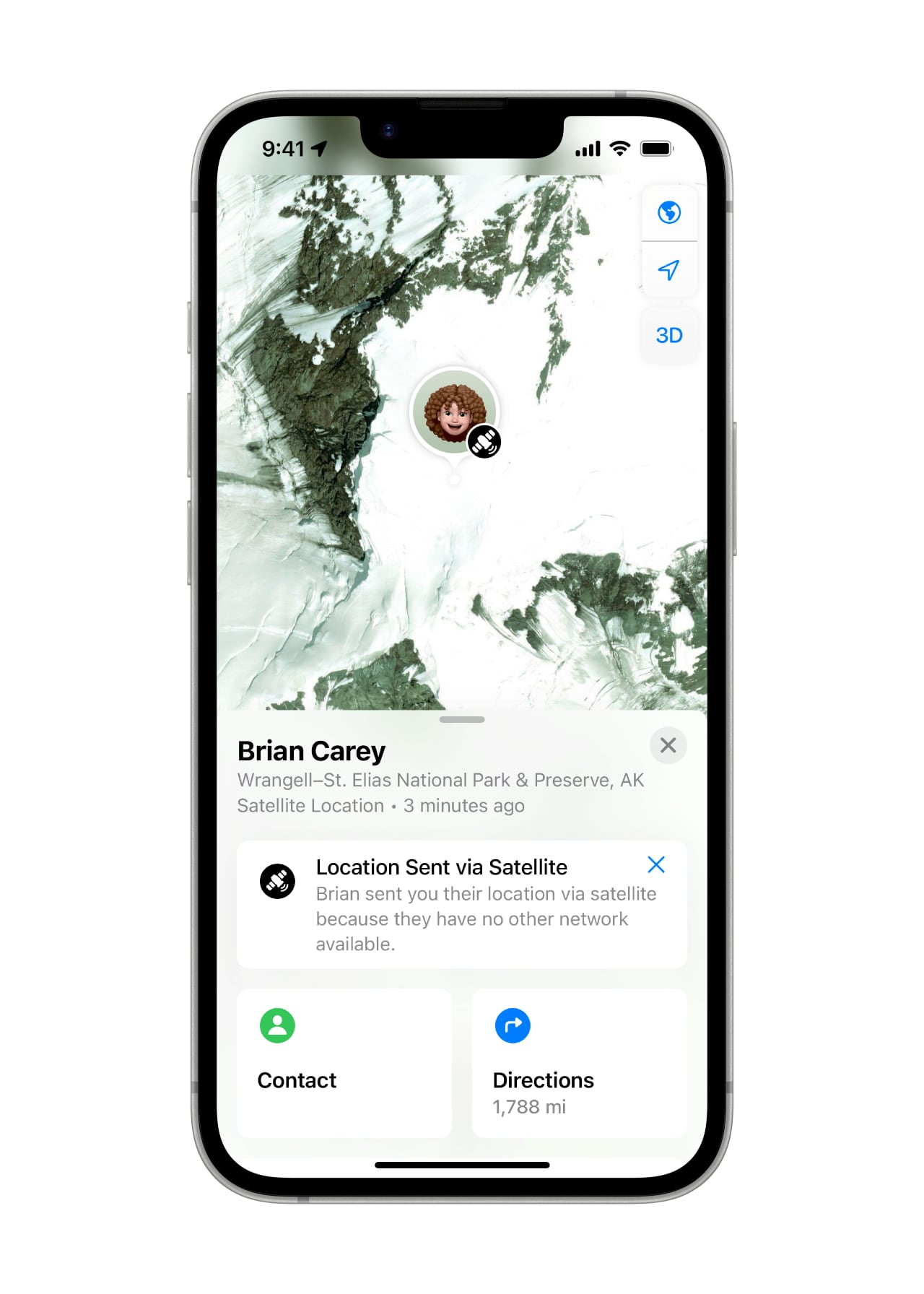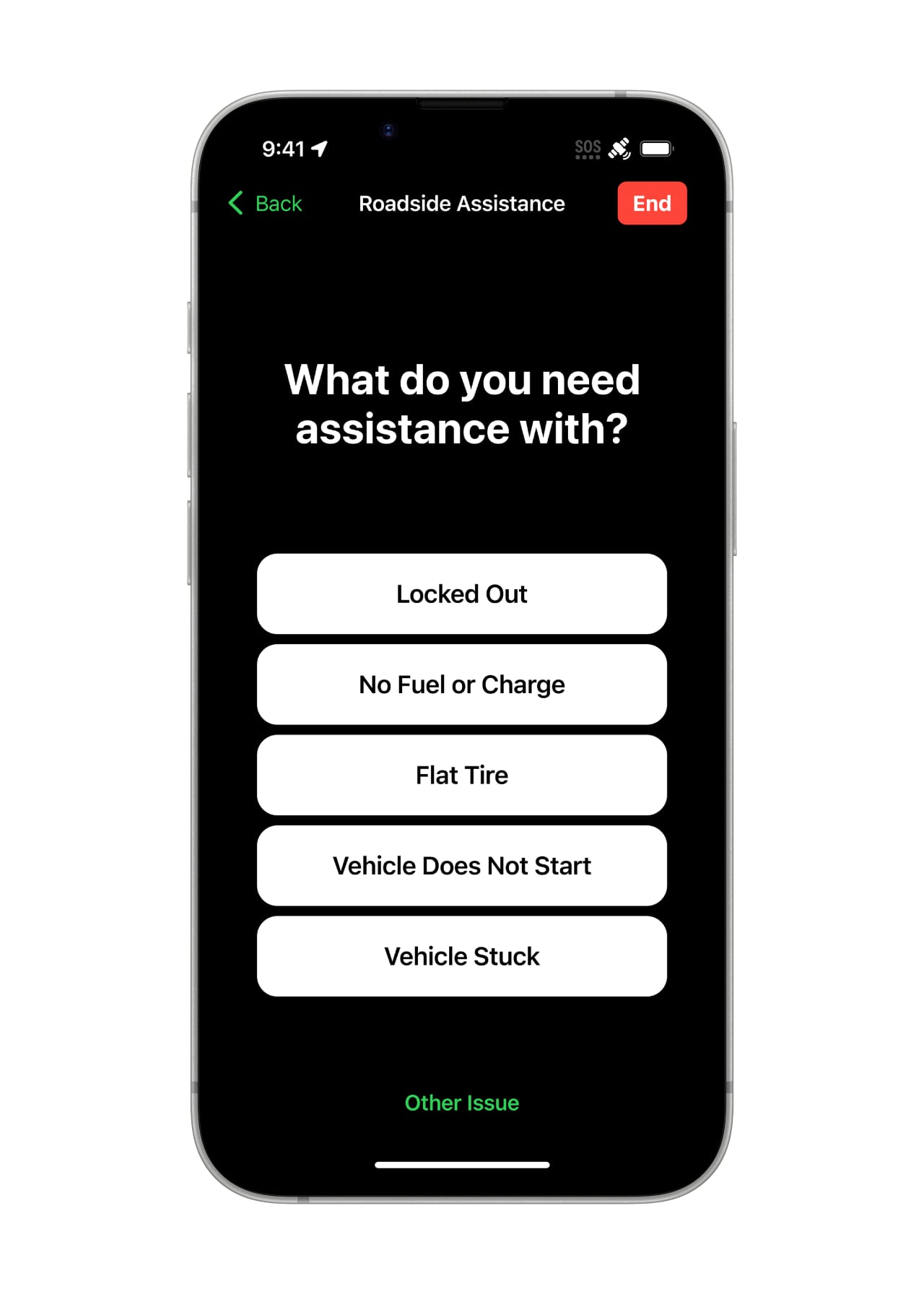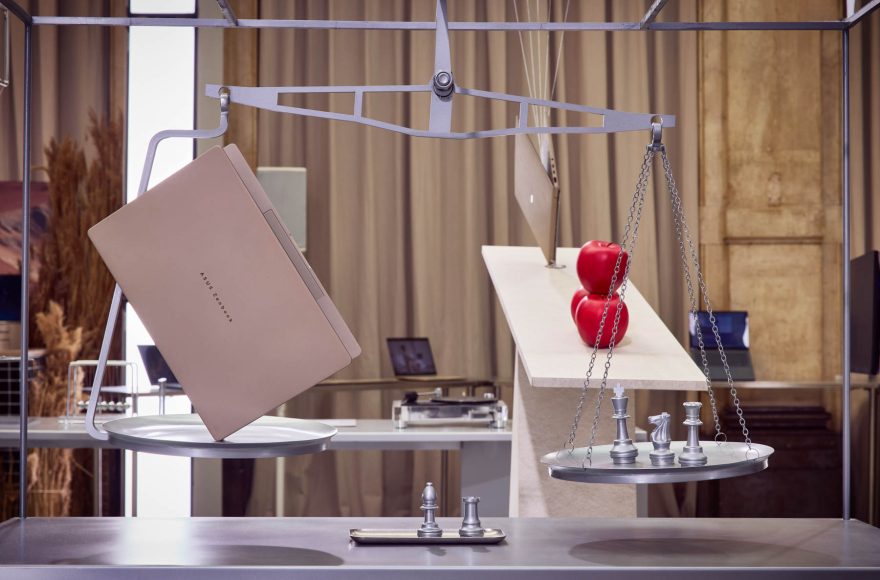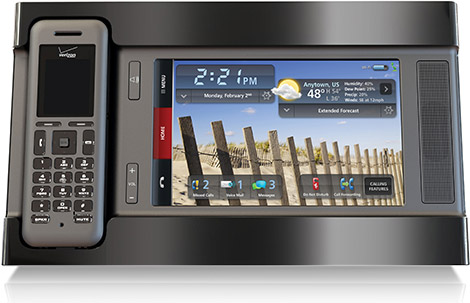The iPhone 16e: Strategic Differentiation in Apple’s Smartphone Ecosystem
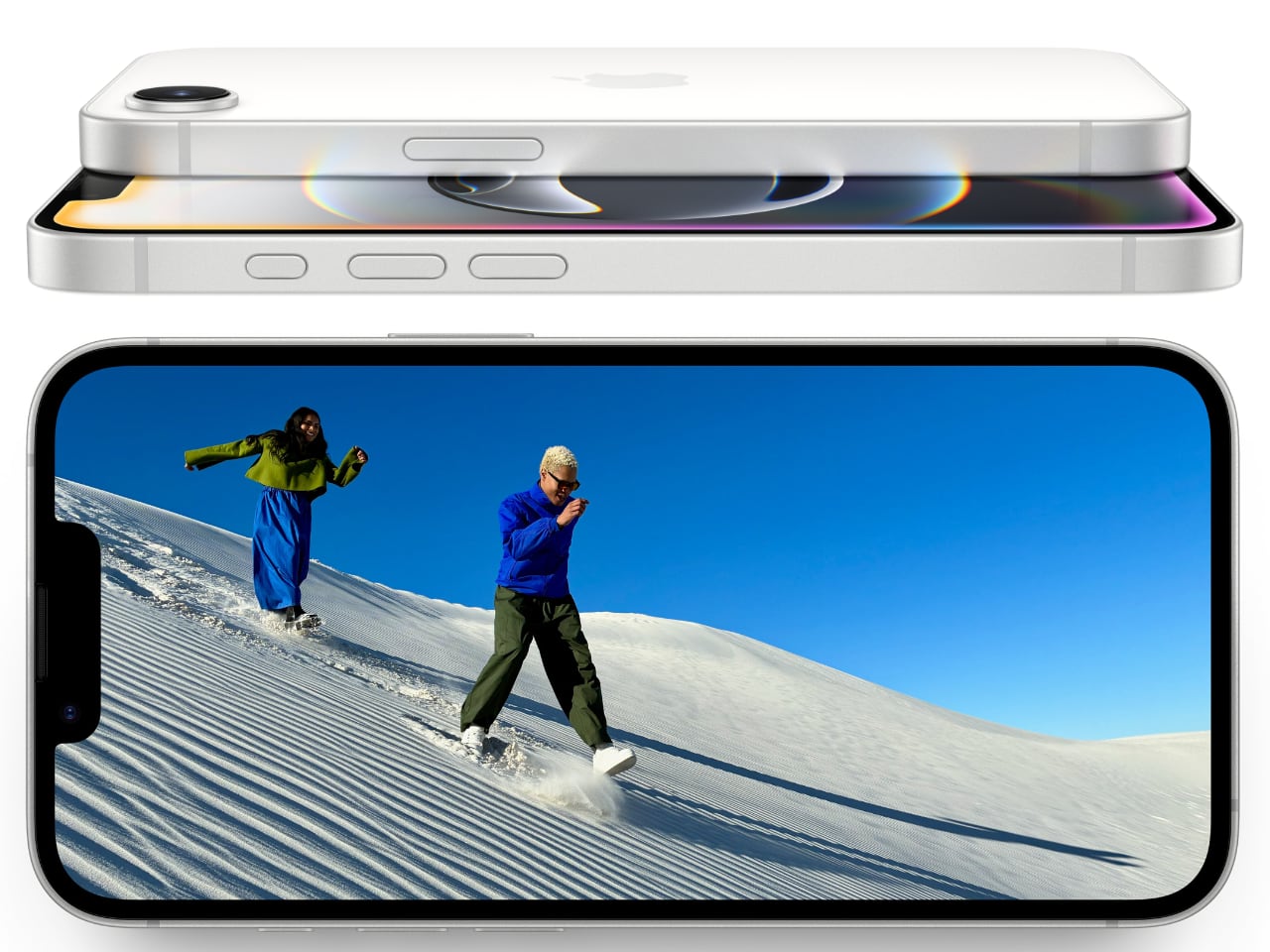
The iPhone 16e signals Apple’s most deliberate effort yet to expand its mid-range lineup without diluting its flagship appeal. With an A18 chip, satellite connectivity, and computational photography, the 16e carves a distinct identity while maintaining a competitive price point. It builds upon the legacy of the SE series but deviates from its predecessors by embracing a design language and feature set that balances innovation with cost-conscious engineering. The iPhone 16e is a deliberate recalibration of Apple’s mid-range strategy, combining modern performance with practical cost-saving measures.
1. Design Evolution: Bridging Legacy and Innovation
The iPhone 16e reintroduces the notch design last seen in the iPhone 14, integrating Face ID and a 12MP TrueDepth camera. Unlike the Dynamic Island found on the iPhone 16 and Pro models, the notch lacks interactive multitasking functions that streamline notifications and real-time updates. While some users may view this as a step backward, Apple’s decision reinforces the 16e’s positioning as a value-driven device that retains core iPhone functionality without inflating costs.



Apple opts for an aluminum frame with a Ceramic Shield front glass, maintaining the durability of higher-end models. The IP68 rating ensures resistance against dust and water, keeping the 16e in line with its pricier counterparts. The color selection remains conservative, with only matte black and white, omitting the broader palette available for the standard iPhone 16. At 7.8mm thick and 167g, it echoes the iPhone 14 in ergonomics, offering a comfortable grip that aligns with Apple’s familiar design language.
2. Display: Balancing Quality and Cost
The 6.1-inch Super Retina XDR OLED display provides sharp and vibrant visuals with a 2532×1170 resolution (460 ppi). This ensures crisp detail for everyday tasks like browsing, gaming, and media consumption. Apple maintains its commitment to display quality by integrating P3 wide color support and True Tone, offering a natural viewing experience in different lighting conditions.
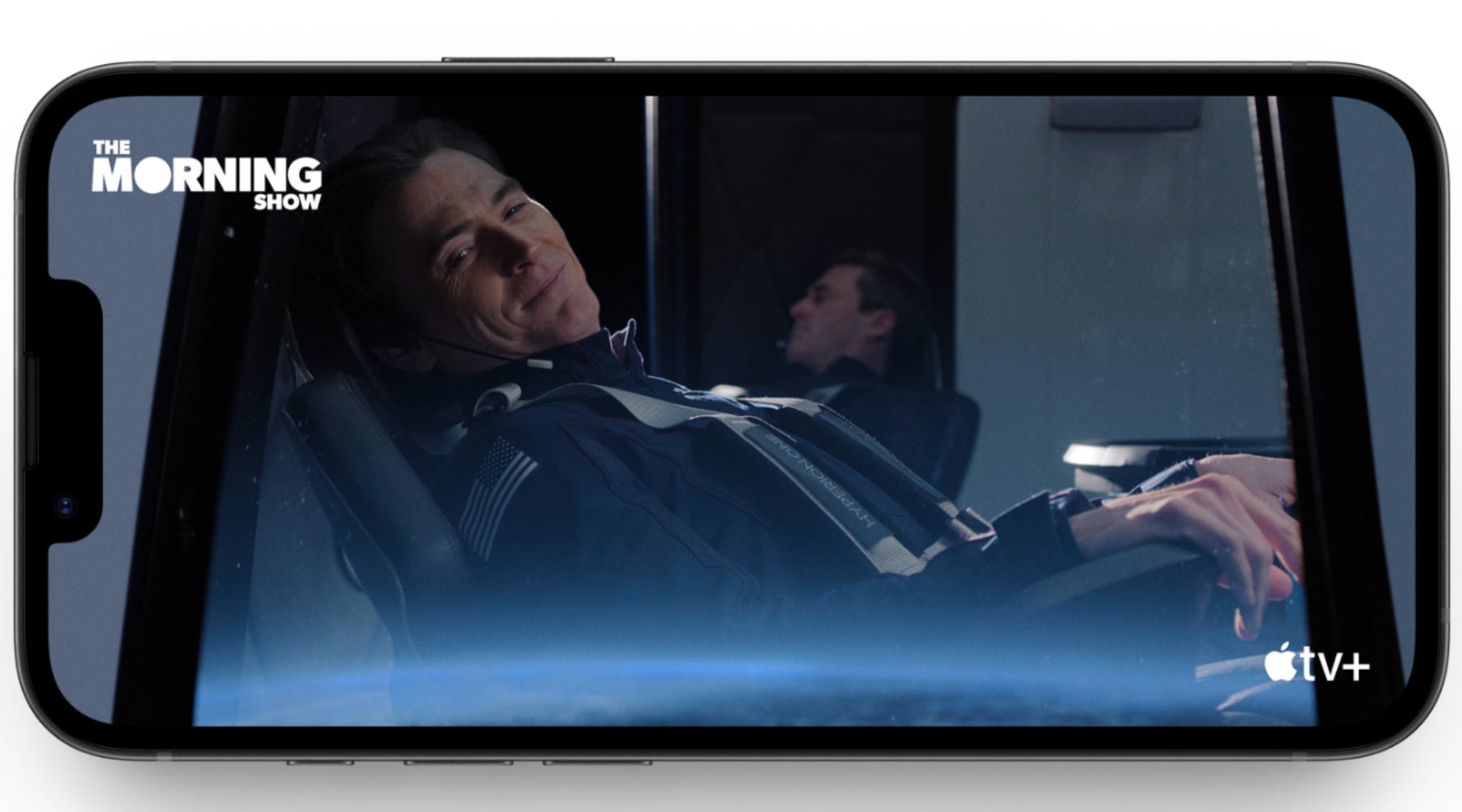
However, Apple has capped the peak HDR brightness at 1,200 nits, significantly lower than the 2,000 nits available on the iPhone 16. This reduction affects visibility in direct sunlight, making it less adaptable in outdoor environments. Users who frequently use their phones outside may find themselves adjusting brightness more often to compensate.
The 60Hz refresh rate remains unchanged, reinforcing Apple’s decision to limit ProMotion technology to its premium models. While general users may not notice a difference, those accustomed to 120Hz displays on Pro models or flagship Android devices may find scrolling and animations slightly less fluid. This decision aligns with Apple’s approach to differentiating its device tiers while maintaining a balance between performance and efficiency.
3. Performance: Flagship Power with Strategic Trimming
Under the hood, the A18 chip ensures flagship-tier performance, featuring a 6-core CPU and a 16-core Neural Engine. The 4-core GPU in the 16e, however, falls short of the 5-core GPU in the iPhone 16, translating to an estimated 20% slower graphics performance. While this may not impact general use, gaming enthusiasts and video editors may notice limitations in rendering speeds and frame rates.



The Neural Engine powers Apple Intelligence features, ensuring AI-driven enhancements like Genmoji creation and ChatGPT integration function seamlessly. This marks a significant shift from the SE lineage, making advanced machine learning capabilities accessible in a mid-tier iPhone.
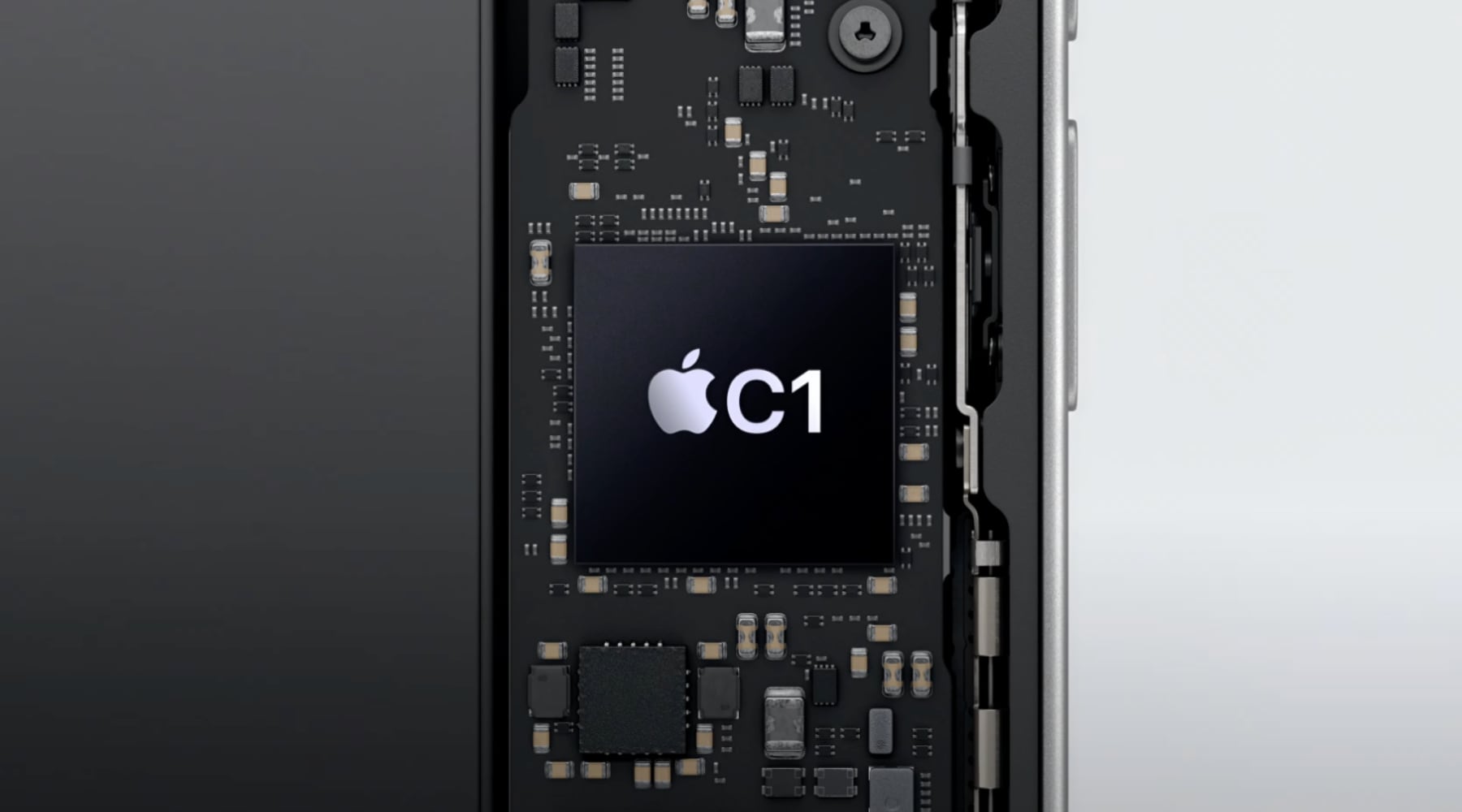
Apple debuts its in-house C1 5G modem, improving efficiency by 25% over previous iterations. The modem’s architecture extends battery life and enables satellite connectivity for emergency SOS and roadside assistance—capabilities missing from the standard iPhone 16.
4. Camera System: Computational Mastery Over Hardware
Apple keeps things simple with a 48MP main camera, using pixel binning and computational algorithms to simulate a 2x optical zoom. While the omission of a 12MP ultrawide lens means no macro or spatial video recording, features like Smart HDR 5 and Night Mode ensure that the 16e still delivers impressive shots.
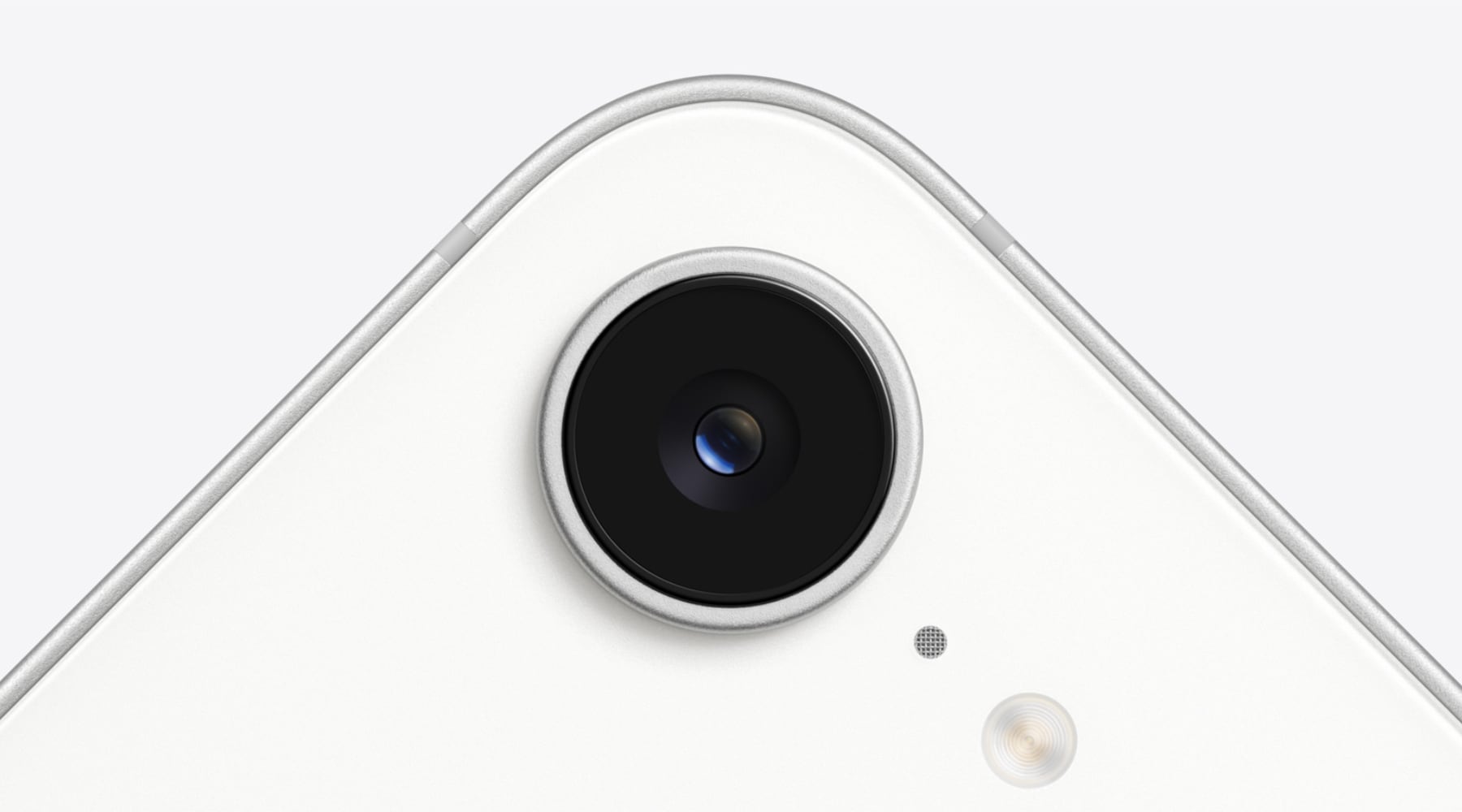
Both the 16e and iPhone 16 support 4K Dolby Vision HDR at 60fps, but the 16e lacks Action Mode stabilization and Cinematic Mode’s depth effect. Apple compensates with Audio Mix, allowing users to isolate vocals in post-production—a small yet practical tool for content creators.
5. Battery and Charging: Efficiency Over Speed
Apple claims 26 hours of video playback, extending endurance four hours beyond the iPhone 16. The efficiency gains stem from the C1 modem and iOS 18’s adaptive power management, making the 16e the longest-lasting 6.1-inch iPhone to date.
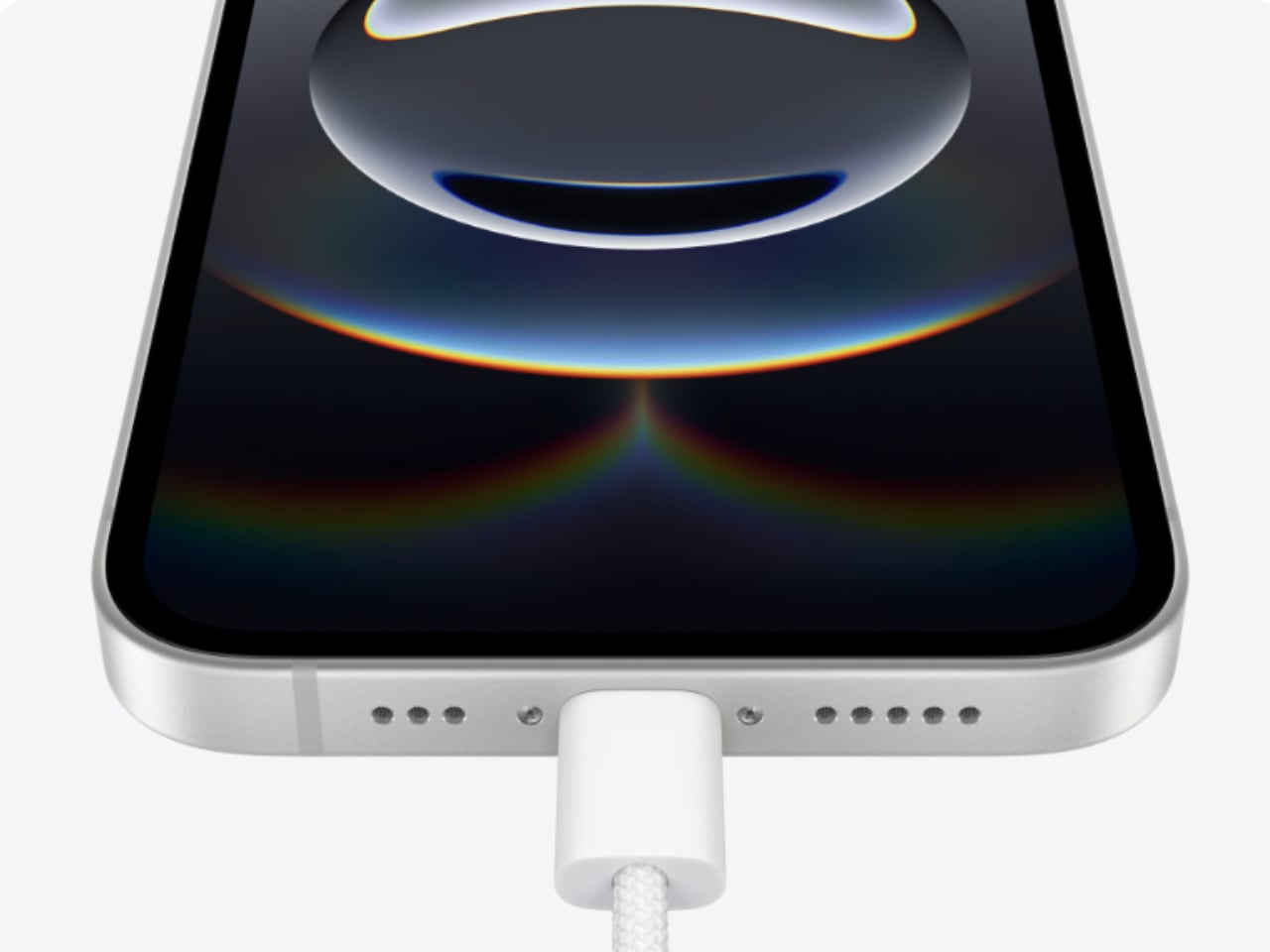
Wired charging remains at 20W (50% in 30 minutes), while wireless speeds cap at 7.5W due to the absence of MagSafe. Apple’s decision to omit MagSafe impacts accessory compatibility, limiting options for magnetic wallets and stands.
6. Connectivity and Satellite Features
Expanding Apple’s emergency response suite, the 16e introduces two-way satellite messaging for roadside assistance alongside Crash Detection. These features, absent from the iPhone 16, make the 16e particularly appealing for outdoor adventurers or users in remote areas.
Unlike the iPhone 16, the 16e skips Ultra Wideband (UWB) support, reducing its effectiveness with AirTags and other precision-tracking accessories. For users who rely on Apple’s Find My ecosystem for item tracking, this could be a dealbreaker.
7. iOS 18 and Ecosystem Integration
While the 16e and iPhone 16 share iOS 18 and Apple Intelligence, there are subtle but meaningful differences in their software experience. The absence of Dynamic Island removes real-time interactive elements, such as live sports scores and ride tracking, which are now deeply integrated into the iPhone ecosystem. This means users of the 16e will rely on standard notifications rather than real-time overlays for certain app functions.
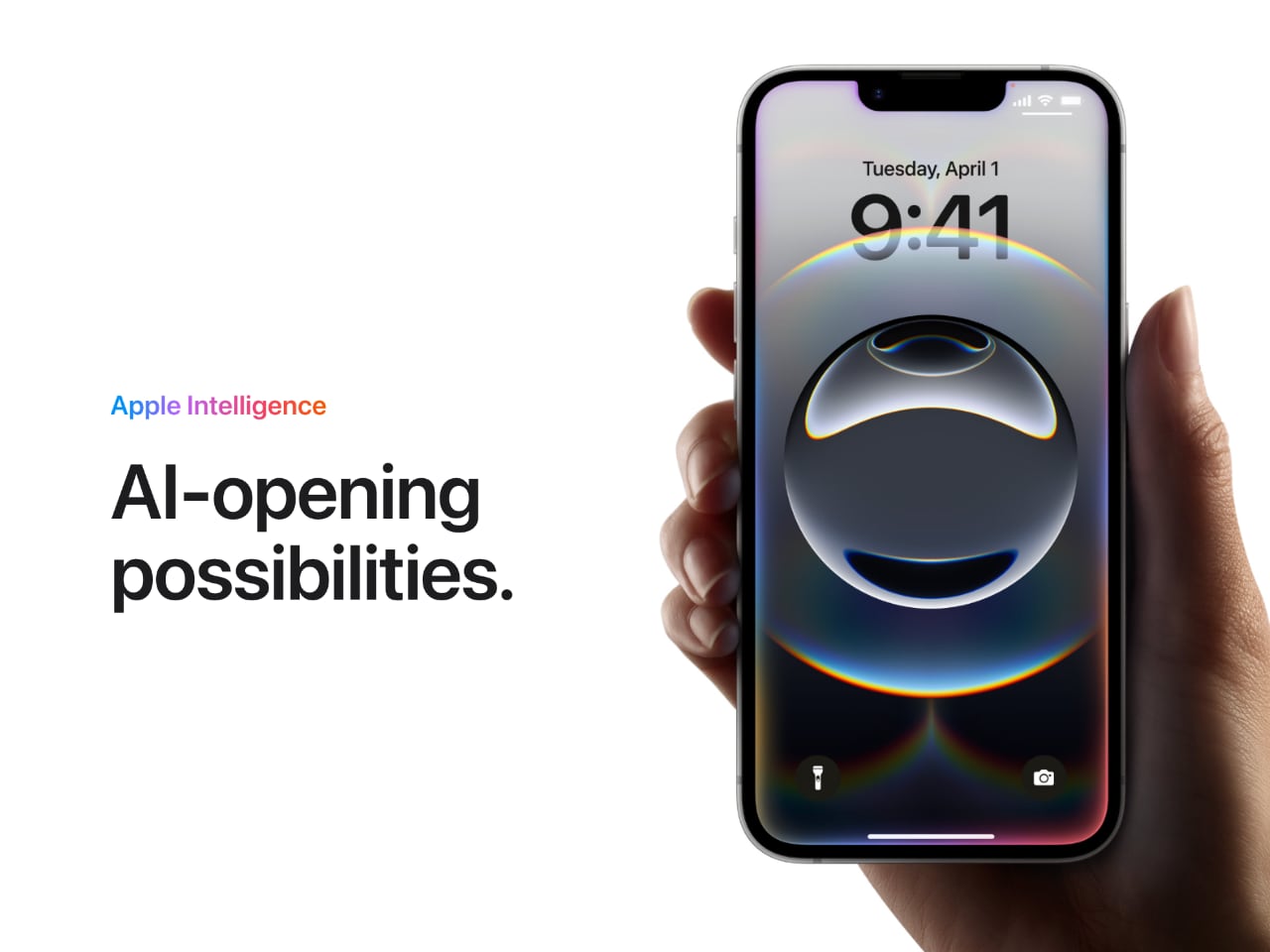
On the hardware front, Apple introduces the customizable Action Button on the 16e, replacing the traditional mute switch. This addition offers quick access to Visual Intelligence features, allowing users to program shortcuts for tasks such as launching apps, enabling accessibility features, or activating system controls. While this provides greater flexibility, it lacks the haptic and contextual awareness found in Dynamic Island, which adjusts dynamically based on active tasks.
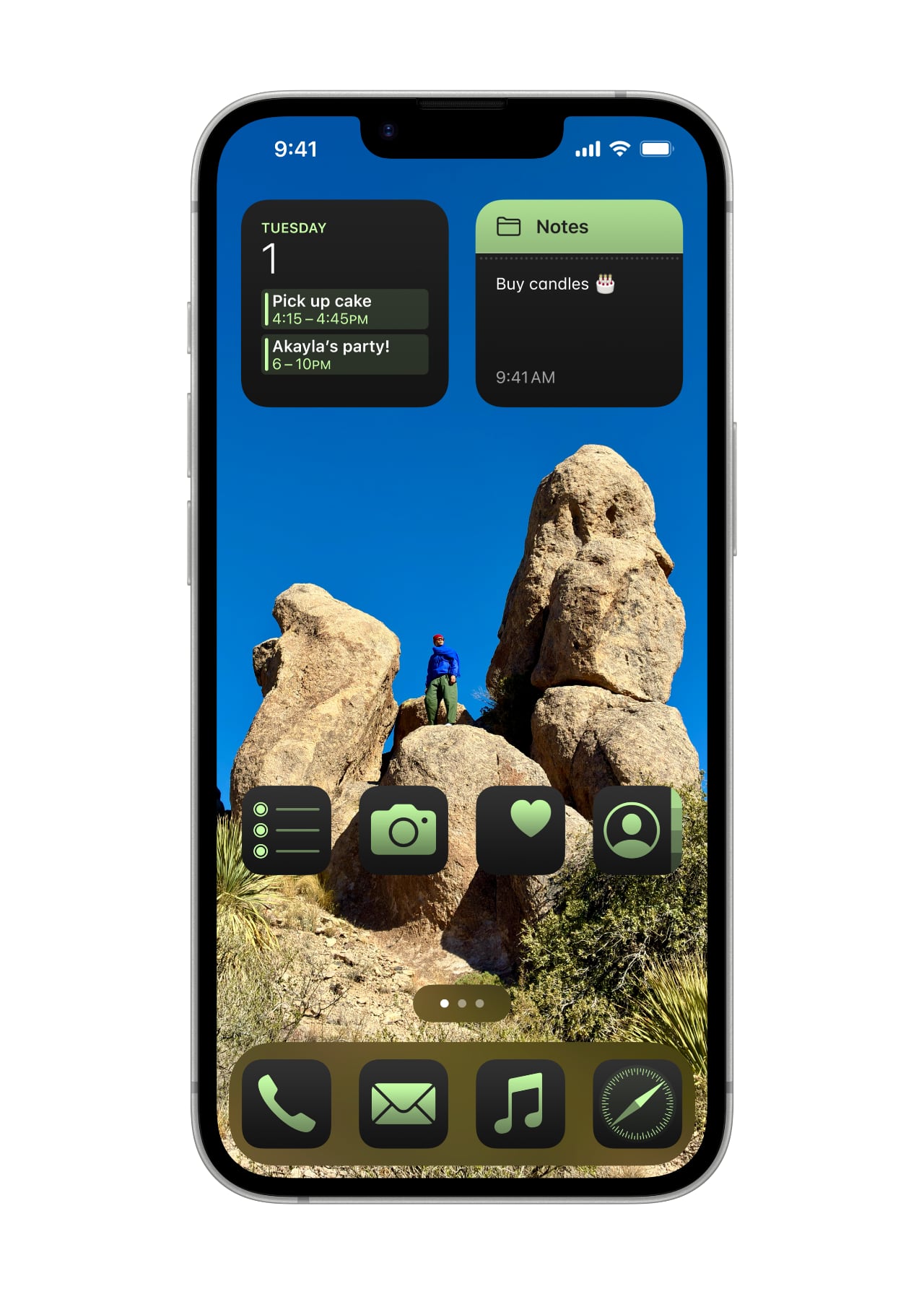

Pricing Strategy and Market Positioning
At $599, the iPhone 16e lands $200 below the iPhone 16, making it a compelling alternative to the Google Pixel 8. While it is pricier than the SE lineup, its upgraded feature set signals Apple’s shift in redefining its mid-range offerings with a focus on longevity and cutting-edge software support.
Apple has carefully structured the iPhone 16e to meet the needs of users who prioritize core iPhone functionality over premium luxuries. Strategic trade-offs ensure flagship essentials like the A18 chip, satellite connectivity, and computational photography remain intact while omitting Pro-tier features that drive up costs.
The key differentiators include:
- Notch Design: A cost-conscious alternative to Dynamic Island, ensuring Face ID security at a lower price point.
- C1 Modem: Enhanced energy efficiency and satellite connectivity for emergency and roadside assistance.
- Single-Lens Computational Photography: AI-driven enhancements that compensate for the lack of an ultrawide camera.
- Apple Intelligence Parity: Extending AI tools to a broader audience, reinforcing Apple’s software-first approach.
For those seeking a durable, efficient, and well-integrated iPhone without the added cost of Pro features, the 16e represents a calculated expansion of Apple’s mid-range strategy.
